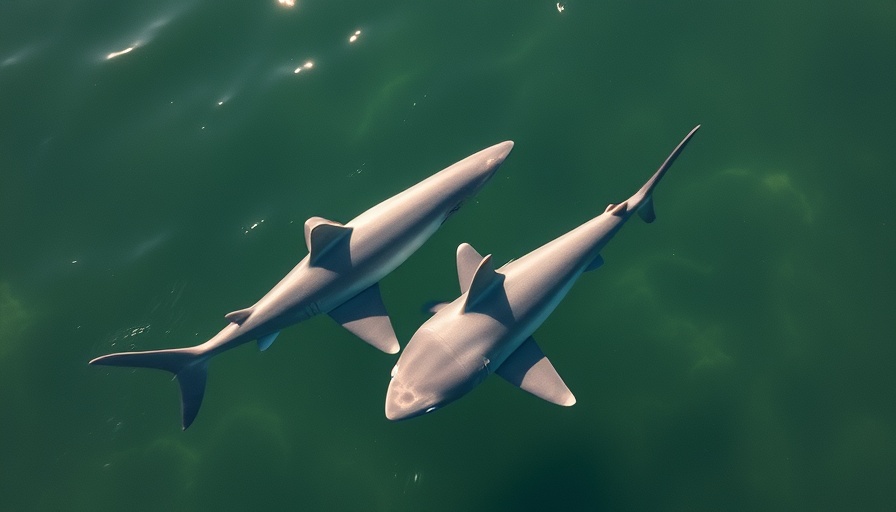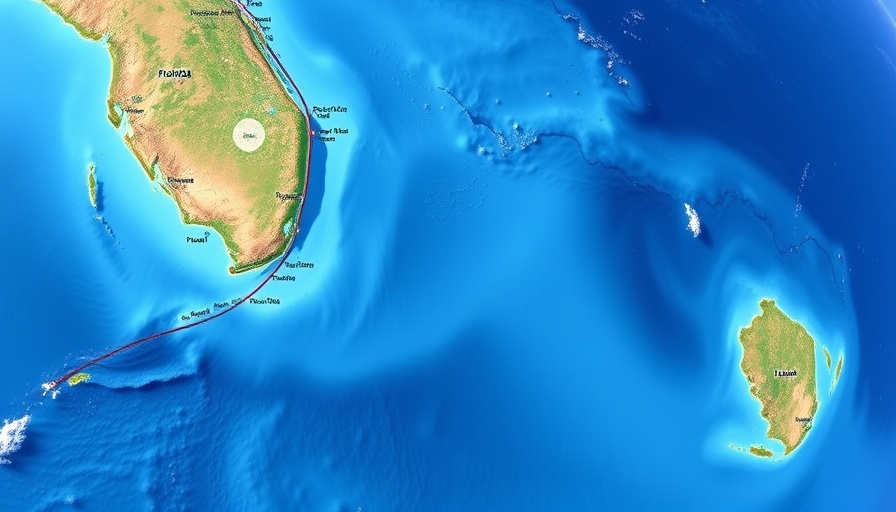
Shark Sightings Off the Coast: What You Need to Know
Last Friday, the tranquil waters near Tampa, Florida, played host to an extraordinary sight as two large sharks were captured by a drone operator, John Yanchoris. The footage, recorded around 8 a.m. off the coast near Caladesi and Honeymoon Islands, revealed these majestic creatures gliding effortlessly through the shallow waters of St. Joseph Sound.
Identifying the Sharks: Caribbean Reef or Blacktip?
At first glance, it appeared that the sharks spotted might belong to the Caribbean reef shark species, commonly found in the Gulf of Mexico. Still, there’s another strong contender in the waters: the blacktip shark. These species are often confused owing to their similar silhouettes and the fact that the blacktip shark typically shows black markings on the tips of its fins.
Blacktip sharks are known to reach lengths between 1.2 and 1.5 meters, whereas the coral sharks can grow up to an impressive 2.7 meters. Yanchoris himself noted he had observed about 40 blacktip sharks that day, yet the two he filmed were “notably larger,” pushing the theory toward them being the Caribbean variety.
Sharks and Human Interaction: Safety First
While the sighting of sharks is always captivating, especially for beachgoers and thrill-seekers, it is essential to remember that both species spotted are not known to be aggressive toward humans. Though they are natural predators, they typically exhibit calm behavior unless provoked or threatened.
Shark attacks are incredibly rare; statistics show that most sharks favor fish and don't view humans as prey. When it comes to beach safety, important steps include avoiding wearing shiny jewelry in the water, minimizing splashing, and staying in groups while swimming.
The Role of Drones in Marine Conservation
Drone technology is revolutionizing the way we observe marine life. These flying devices provide a unique vantage point that allows researchers and wildlife enthusiasts to capture footage of the ocean’s inhabitants without disrupting their natural behavior. This innovation not only helps in shark research but also plays a crucial role in conservation efforts.
In fact, the use of drones can aid in tracking shark populations, understanding their habits, and enhancing public safety by identifying their locations near popular swimming areas.
Embracing the Beauty and Challenges of Ocean Life
Seeing sharks up close, even through a screen, serves as a poignant reminder of the complex ecosystems surrounding us. Sharks play a vital role in maintaining the health of ocean ecosystems, but they also face numerous threats due to human activities.
As coastal dwellers and beach lovers, it’s our responsibility to educate ourselves on the marine life that shares our shores. By embracing a mindset of respect and curiosity, we can foster a safer coexistence with these magnificent creatures.
As we continue to observe these amazing marine animals from our beaches, keep in mind the importance of sustainability and the need to protect our oceans.
 Add Row
Add Row  Add
Add 




 Add Row
Add Row  Add
Add 

Write A Comment